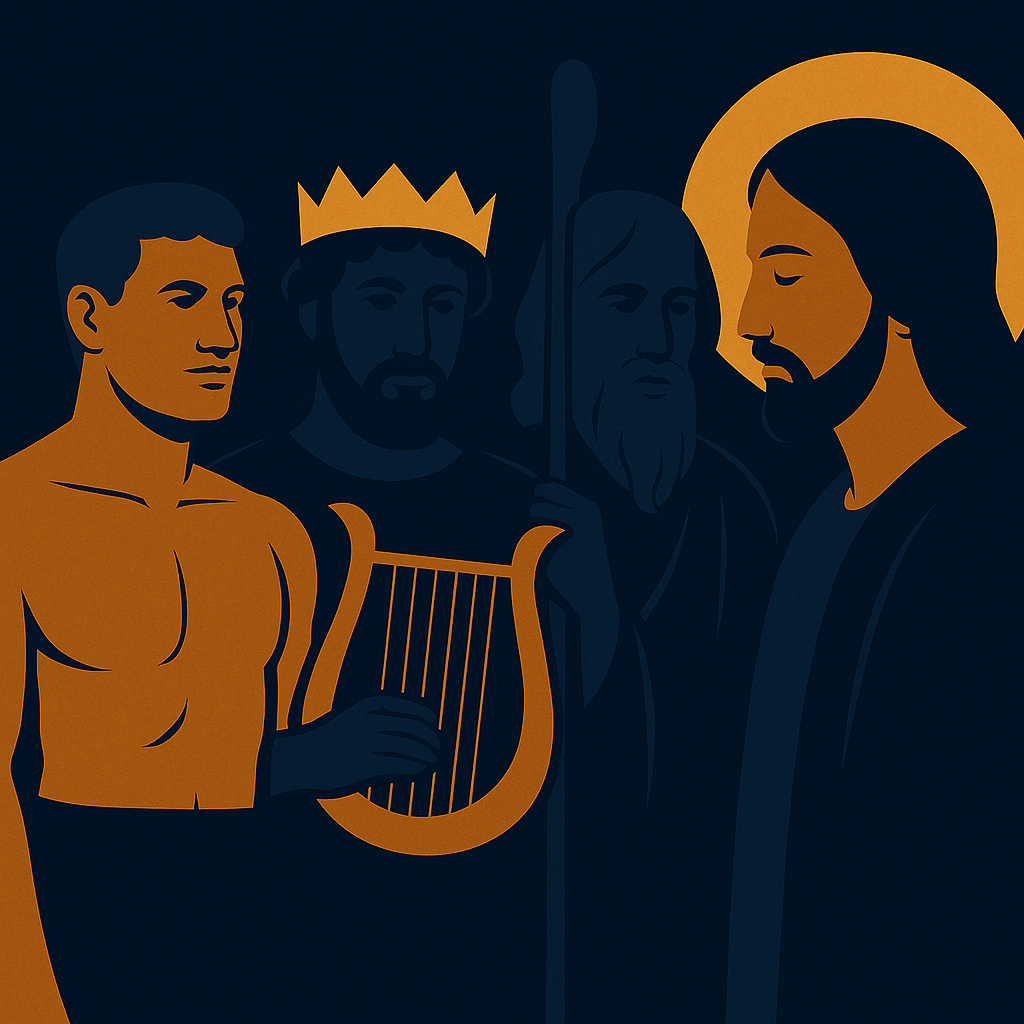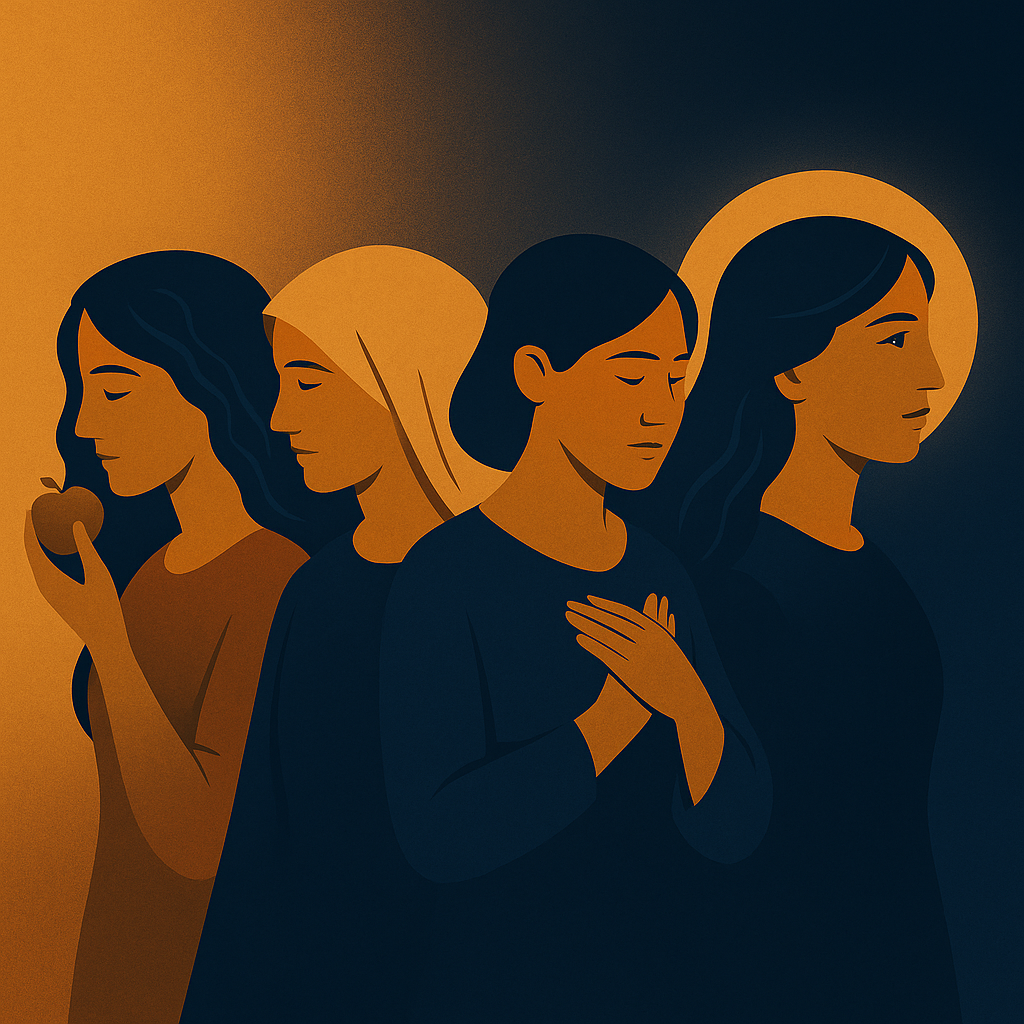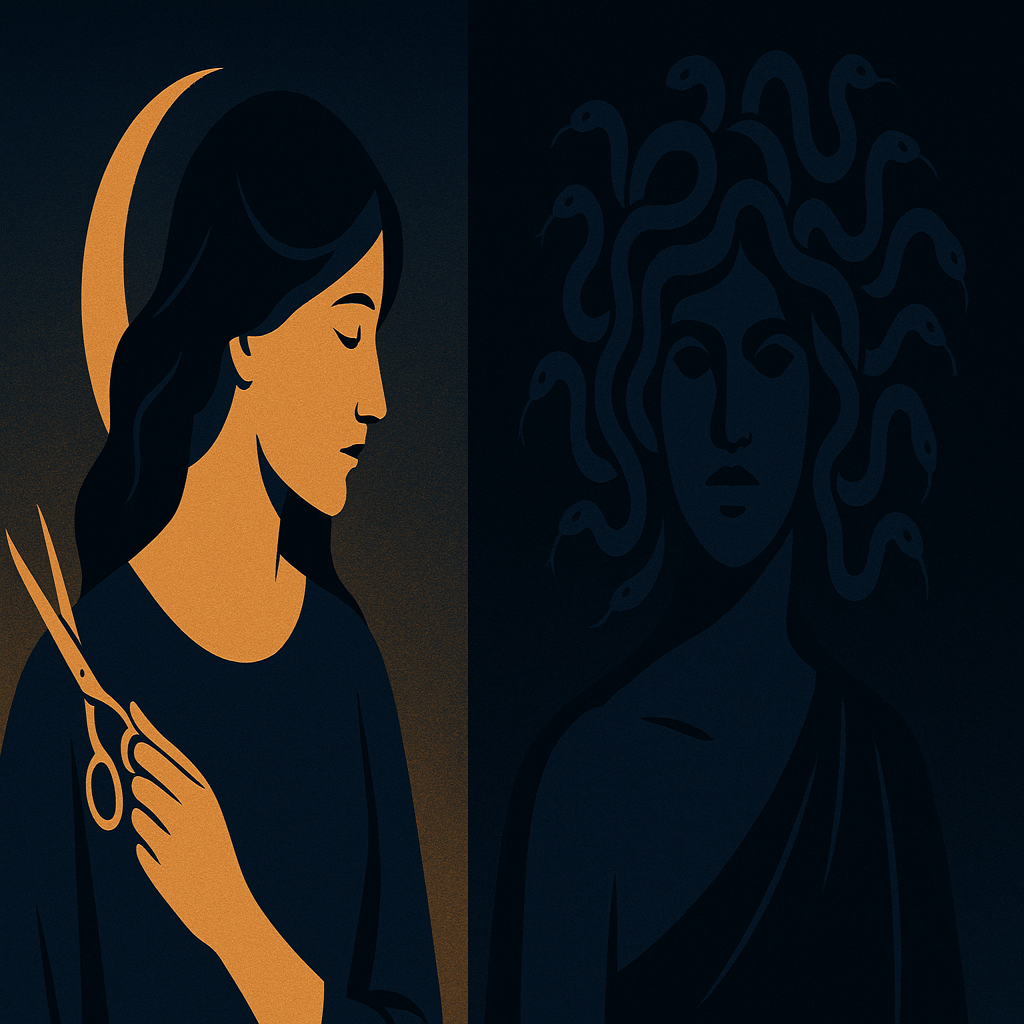The Metaphysics of Snakes and Ladders
Every game hides a cosmology.
Every rule, a law of being.
Snakes and Ladders appears simple — a game of luck and position — yet beneath its childhood charm lies one of the most ancient metaphysical blueprints of existence: the play of ascent, fall, and return.
🕉 1. Origins: Moksha and Maya
Before it was a game, it was a teaching.
Snakes and Ladders originates from India, where it was known as “Moksha Patam” — the Board of Liberation.
Each square represented a state of consciousness.
The ladders symbolized virtue and awareness, while the snakes symbolized desire and illusion (maya).
The highest square, 100, was Moksha — liberation from the cycle of birth and death.
To move on the board was to move through existence.
The roll of the dice symbolized karma, the unseen interplay of cause and effect.
One did not control their moves; one responded to them.
In this way, the game taught non-attachment:
to climb without pride, to fall without despair.
🐍 2. The Dual Architecture of Being
Metaphysically, the board is a map of polarity — heaven and earth, ascent and descent, light and shadow.
- Ladders represent vertical movement — consciousness rising through virtue, insight, and grace.
- Snakes represent horizontal or regressive movement — consciousness pulled down by identification, attachment, or ego.
Both are necessary.
The ladder without the snake would produce arrogance; the snake without the ladder would lead to despair.
Together, they create the rhythm of becoming — the pulse between effort and surrender.
The soul learns not by climbing alone, but by remembering itself through the fall.
🎲 3. Chance and Karma
The dice — seemingly random — represent karma in motion.
Each roll reminds the player that life is not merely effort, but also grace.
The throw cannot be predicted or reversed; only met with awareness.
To play consciously is to live metaphysically —
to understand that each outcome reveals the next lesson the soul must meet.
Chance, in this context, is not chaos.
It is the visible face of hidden law.
🪜 4. The Ladder as Ascension
In metaphysical language, the ladder corresponds to vertical causation — the movement of spirit toward its source.
Each rung is a virtue, each step a letting go.
- The first ladders correspond to moral refinement — honesty, patience, compassion.
- Higher ladders represent insight — discernment, detachment, unity consciousness.
- The final ladder is self-realization — the recognition that the player and the board were never separate.
To climb the ladder is to remember that you are not your square.
🐍 5. The Snake as Descent
Snakes are not punishment — they are correction.
They represent the forces of entropy that pull us back to examine what we have bypassed.
Where the ladder elevates, the snake integrates.
It draws attention to forgotten lessons, unhealed desires, or unchecked pride.
It is the metaphysical law of balance — ensuring that the climb is not only upward, but inward.
Each descent is a return to humility —
the recognition that progress without grounding becomes delusion.
The snake is not the enemy of liberation. It is its guardian.
🔄 6. The Cycle of Return
The repetitive nature of the game — rolling, moving, falling, climbing — mirrors samsara, the cycle of birth, death, and rebirth.
Every time the player “restarts,” the soul reincarnates into a new configuration of lessons.
The purpose is not to avoid snakes but to transcend the illusion that the board is external.
Liberation (moksha) occurs when the player no longer plays out of attachment — when awareness itself becomes the roll of the dice.
🌌 7. The Player, the Board, and the Observer
At the highest metaphysical level, Snakes and Ladders collapses the distinction between player, board, and observer.
The ego believes it is the piece.
The intellect believes it is the player.
The soul realises it is the board — the total field through which experience moves.
When this awareness dawns, chance dissolves into purpose.
The game continues, but the player is no longer bound by winning or losing.
🕯 8. Beyond the Final Square
The last square — Moksha — is not a destination but a state of non-dual perception.
It symbolises the end of polarity, where snakes and ladders cease to exist as opposites.
The player sees both as movements of the same energy — descent as depth, ascent as expansion.
To “win” the game is to realise that there was never an opponent — only consciousness teaching itself how to remember.
🜔 9. Modern Reflection
In modern life, we replay Snakes and Ladders psychologically.
Every success (ladder) inflates, every failure (snake) deflates.
But the metaphysical invitation remains the same: play consciously.
Each ladder asks for gratitude.
Each snake asks for humility.
Each roll asks for presence.
To live metaphysically is not to control the dice, but to master your interpretation of the fall.
🕊 Final Insight
The metaphysics of Snakes and Ladders reveals the hidden law of play:
The purpose of ascent is not to rise above the world,
but to see the world as a field of ascent.
The purpose of descent is not to fall,
but to remember the ground from which you rise.
When you finally stop fearing the snakes and stop worshipping the ladders —
you awaken as the silent witness of the game itself.
And in that stillness, Moksha — liberation — is not reached.
It is remembered.





